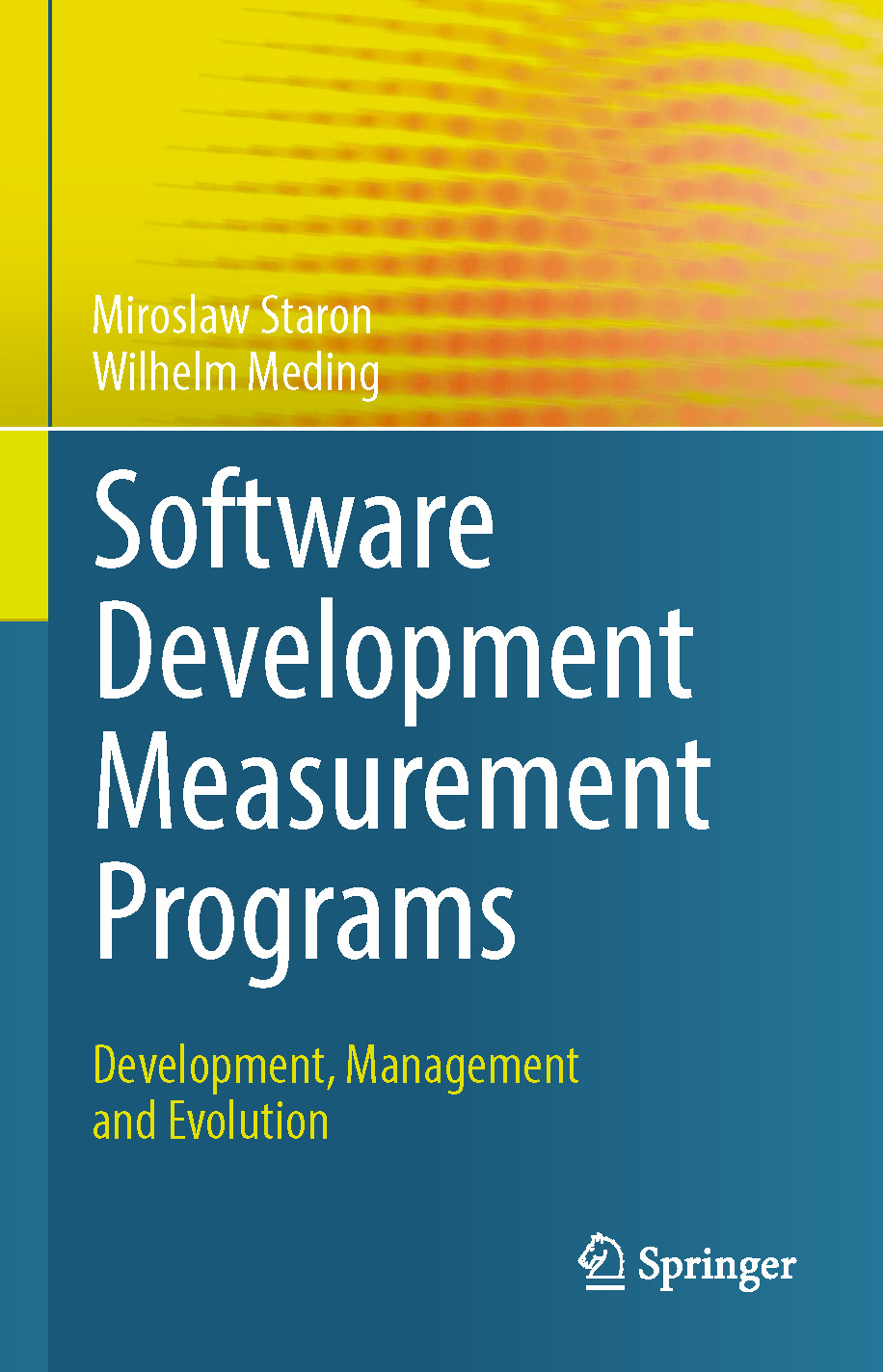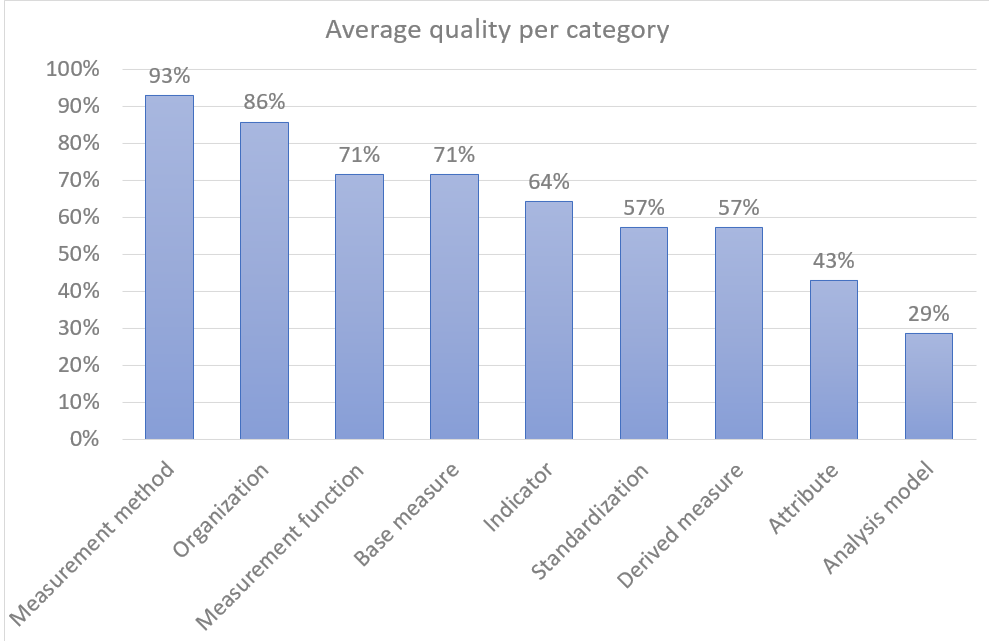This year, the Software Center Metrics Day took place in the end of October, just a few days before the autumn break. The program included a mix of talked from academia and industry, https://www.software-center.se/research-themes/technology-themes/development-metrics/metrics-day-2018-metrics-software-analytics-and-machine-learning/, and was focused on the recent developments of the metrics area.
What I’ve learned from the event was that it is extremely easy to work with deep learning models. Our colleagues from Microsoft Gothenburg showed us how easy it is to use Azure to create image recognition models. Something that has evolved from research playgrounds to really easy-to-use powerful machine learning.
I’ve also learned how performance measurement in the cloud works. Thanks to our colleague Philip Leitner and his team, we could learn how to best optimize performance.
We have also seen the latest-and-greatest from Spotfire business analytics team, just across the water (literally!) We have also seen how the new car platforms are designed and what kind of metrics are used to drive the design.
Finally, we have also seen how start-up companies reason about the measurement and how their mother companies influence their way of measuring.
Stay tuned for the next metrics day in 2019!


